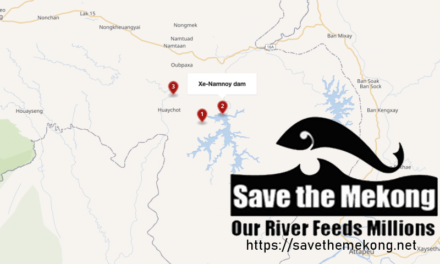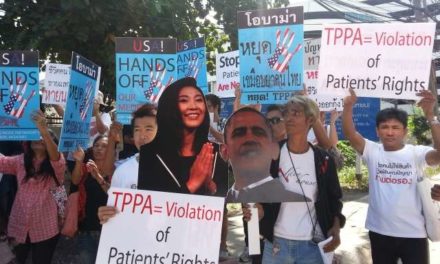While poverty has been the centerpiece of development debates for quite a while, conversations have taken rather ugly turns of late in some circles. Uncannily, the more multilateral and other international institutions get pushed into the spotlight to account for the vast amounts resources they consume, the more they hide behind the cloak of poverty alleviation. Poverty rhetoric has supplied institutions such as the World Bank, the International Monetary Fund (IMF), the Asian Development Bank (ADB) and many of the U.N agencies with an effective set of tools by which they can not only deflect increasing public scrutiny of their actions, but also, they can build consensus among their potential detractors by claiming a shared and common higher purpose, and by finding new ways to channel financial resources to these would-be detractors, in pursuit of their assumed, higher, common goals.
In 1998-1999, the World Bank and International Monetary Fund (IMF) declared their respective renewed commitments towards poverty reduction, ie., continuing neo-liberal reforms and enhanced structural adjustment under the new names of the Comprehensive Development Framework (CDF) and the Poverty Growth Reduction Facility (PRGF). An additional joint World Bank- IMF instrument was created: the Poverty Reduction Strategy Paper (PRSP) to enhance Bank-Fund collaborations, especially in countries considered eligible for the enhanced HIPC intitiative. rlier, the World Bank had already forged alliances with the UNDP in developing poverty reduction strategies, and setting indicators for monitoring the progress of poverty reduction goals and targets.
The multilateral crusaders against poverty seem remarkably unconcerned about the fact that their past poverty reduction efforts have had little effect in reducing absolute or even relative poverty. On the contrary, most development and poverty reduction programmes continue to push rapid economic growth and free market reforms as solutions to poverty, which have resulted in increased debt and greater impoverishment among a significant proportion of the beneficiaries. The solution to past indebtedness appears to be more debt, since poor countries need to “grow” themselves out of poverty and in order to do so, they must import technology and know-how that they do not posses in order to expand productivity for export markets that they cannot control. Today, the poor are sending more money to the rich than the other way around, and all in the name of poverty eradication!
Many international NGOs, happily hopping on the poverty bandwagon, have made concerted efforts to claim their rightful place in the global anti-poverty schema. During the World Bank-IMF meetings in Washington DC, U.S. NGOs from an association called Inter Action sent a letter to World Bank President James Wolfensohn, dis-associating themselves from their “NGO colleagues in the streets.” They expressed deep concern at the perception created by these colleagues (on the street) that the World Bank and IMF may be at “serious loggerheads with the entire not-for-profit community,” and expressed support for the “recent positive” directions taken by the World Bank which placed poverty at the very “heart” of its mission.
The ADB had its share of international NGO flag wavers at its Annual General Meeting in Chiangmai, who expressed eagerness to help refine and implement its poverty reduction strategy. After all, in the words of a senior ADB staff person, the ADB has used Non-Government Organisations (NGOs) to assist in the implementation of more than 50 percent of its projects to date. Recent statements from the multilateral development banks have been rife with references to the need for new partnerships between the Bank and civil society organisations (CSOs) in order to reduce poverty by 2015. At closer examination, these partnerships translate quite simply into CSOs and NGOs becoming the frontline for the spread of the same tired, development policies promoted by these institutions.
Now, a committee of (NGOs) in Geneva have proposed a “Wall of Transformation for the Eradication of Poverty,” as an exhibit at the entry of the Geneva 2000 Forum scheduled for late June. The exhibit would provide NGOs the opportunity to showcase their “best practices” in poverty eradication. And of course, in keeping with the common practices (whether “best” or not) of cost recovery and competition even in poverty reduction efforts, each brick is priced at $ US 50.00, and will be sold on a “first come first served basis.”
It is quite hard to imagine how the poor of the world would benefit from yet another expensive monument to their misfortune, financed through resources that would be better expended in actually providing the services that the “Wall” will advertise. But then, poverty can be big business, and to be successful in business, who you keep company with is as important as what you do. The “Wall” is just another manifestation of a more fundamental transformation taking place, not of the eradication of poverty, but of certain forms of civil society organisation into more explicit agencies of market dominated development and neo-liberal democracy.









